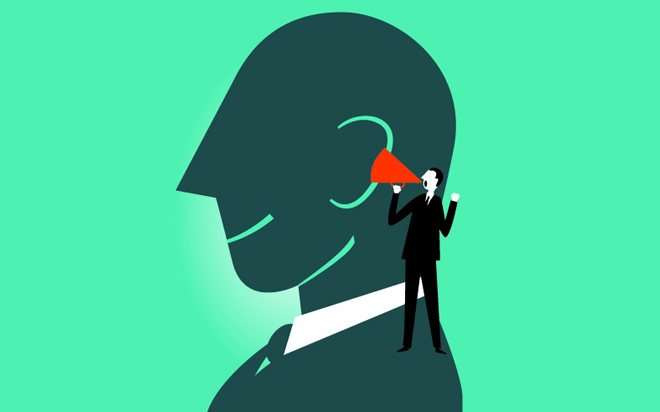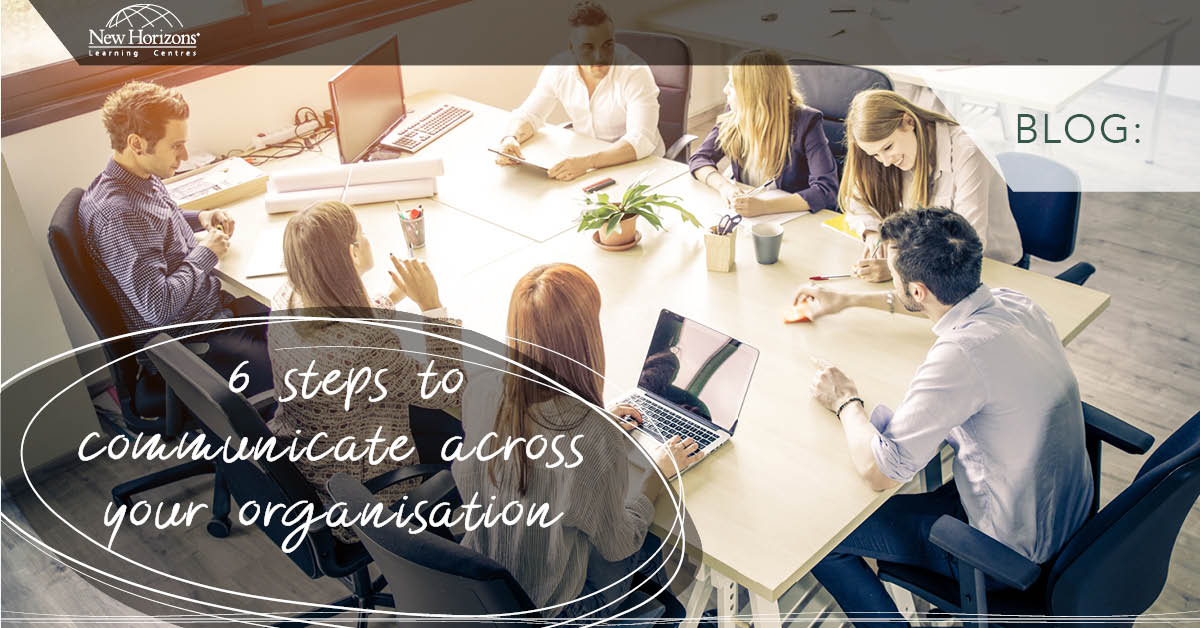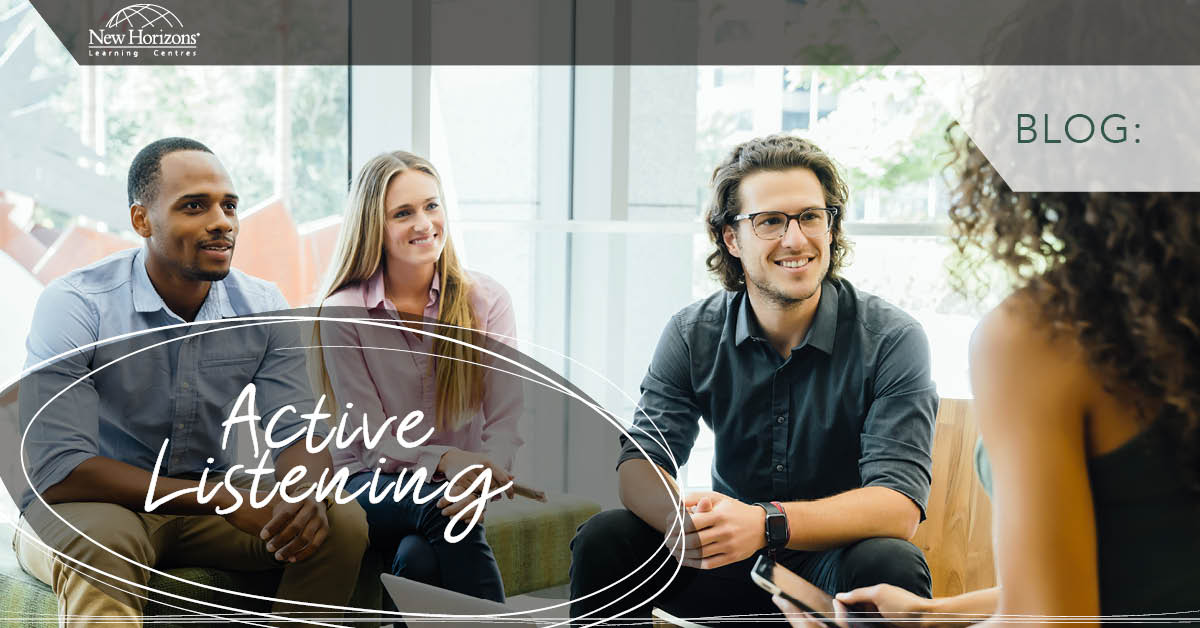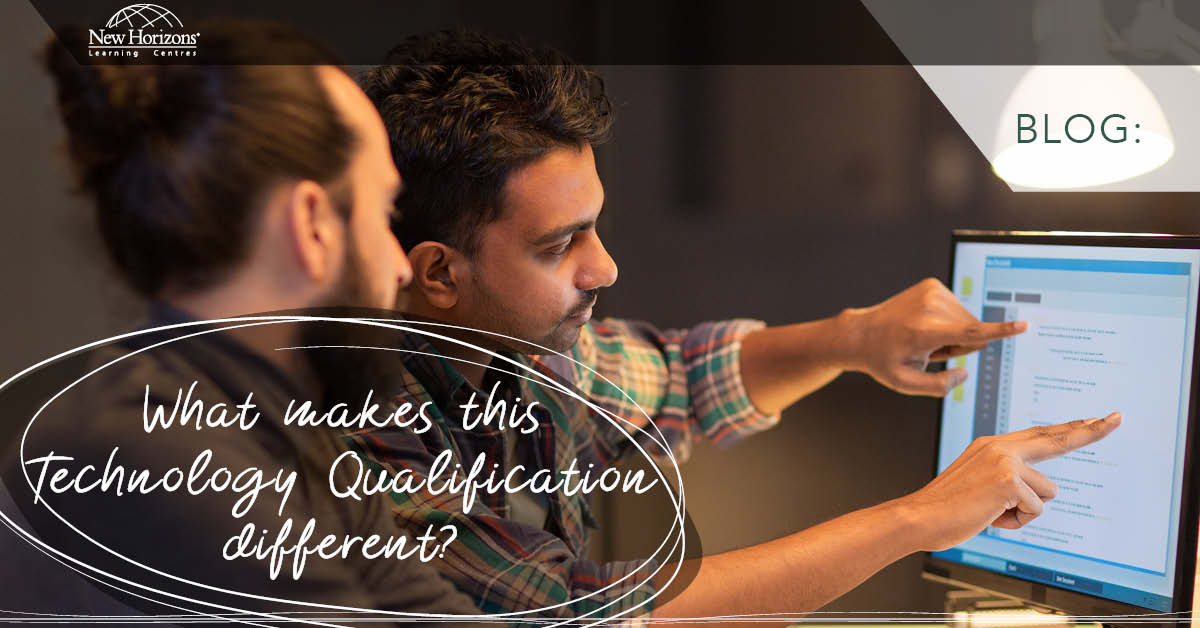
Aug 13, 2014
Why is it so difficult to stay focused and actively engaged in some conversations?
One of the main reasons is that we listen faster than we talk. In today's article, I'll share some key listening techniques that will assist you in clearly understanding the other person's message and how to respond appropriately. These tips are particularly critical when you find yourself in challenging situations such as dealing with upset customers and conflict.
1. Express empathy Expressing empathy is a particularly critical technique to use in order to help reduce emotions by letting the other person know you appreciate where they’re coming from, for example, “It can be really frustrating when people don’t appear to be listening to what you have to say.” It allows us to demonstrate respect by tapping into the feelings behind the words.
2. Ask questions to clarify and confirm Always make sure you clearly understand what’s being said before you respond, especially when the speaker uses words which can be misinterpreted. Clarifying through the use of open questions allows the speaker to expand on what they have said. Once you clarify, you can confirm, with a closed question, what you heard to ensure you are on the same page.
An example of an open question to clarify would be on the lines of: “What exactly do you mean when you say it’s too expensive?” An example of a closed question to confirm would be: “Am I correct in saying that you have compared our service to others?”
3. Frame your questions Framing questions is a technique that allows you to provide a reason for asking the question. People are more likely to provide a response if they understand why you are asking the question. For example, asking “So I can identify the best option for your particular circumstances, why is managing cost so important for your business?” would generally prompt the other person to give a more contextual answer.
4. Ask for agreement This technique is useful to ensure that both you and the speaker are on the same page throughout the conversation and at the end. This will certainly avoid any assumptions. An example of asking for agreement would be: “Will this resolve your concerns?”
Personally, I believe that we should all invest our time in using these techniques to foster stronger, collaborative relationships. There are many other techniques out there to improve your active listening skills; these are only a few. If you have any other useful techniques, feel free to share them with me.
How do your Excel skills stack up?
Test NowNext up:
- Networking requirements planning in Lync Server 2013
- An epiphany about the cloud
- How to create a simple Waterfall chart in Excel
- The basics of cloud computing
- Never, ever let individual power bring your team down
- Dress up and present your data with Power View
- Xbox, oh Xbox, give me media!
- Using background pages in Visio 2010 & 2013
- Why would I or my company want to use SCCM?
- Communication Across Generations – Quiz
Previously
- The enhanced Presenter View in PowerPoint 2013
- Synchronising concurrent access to data in C#
- Easily delete blank rows from your data using Excel VBA
- Run the Runbook Tester in System Center 2012 R2
- MH-17 and words
- Keep your Excel formulas in place with dynamic named ranges
- Get online with Lync Online
- Creating multiple signatures in Outlook
- Become an ace in Microsoft Azure SQL Database
- Assertiveness – From theory to practice













